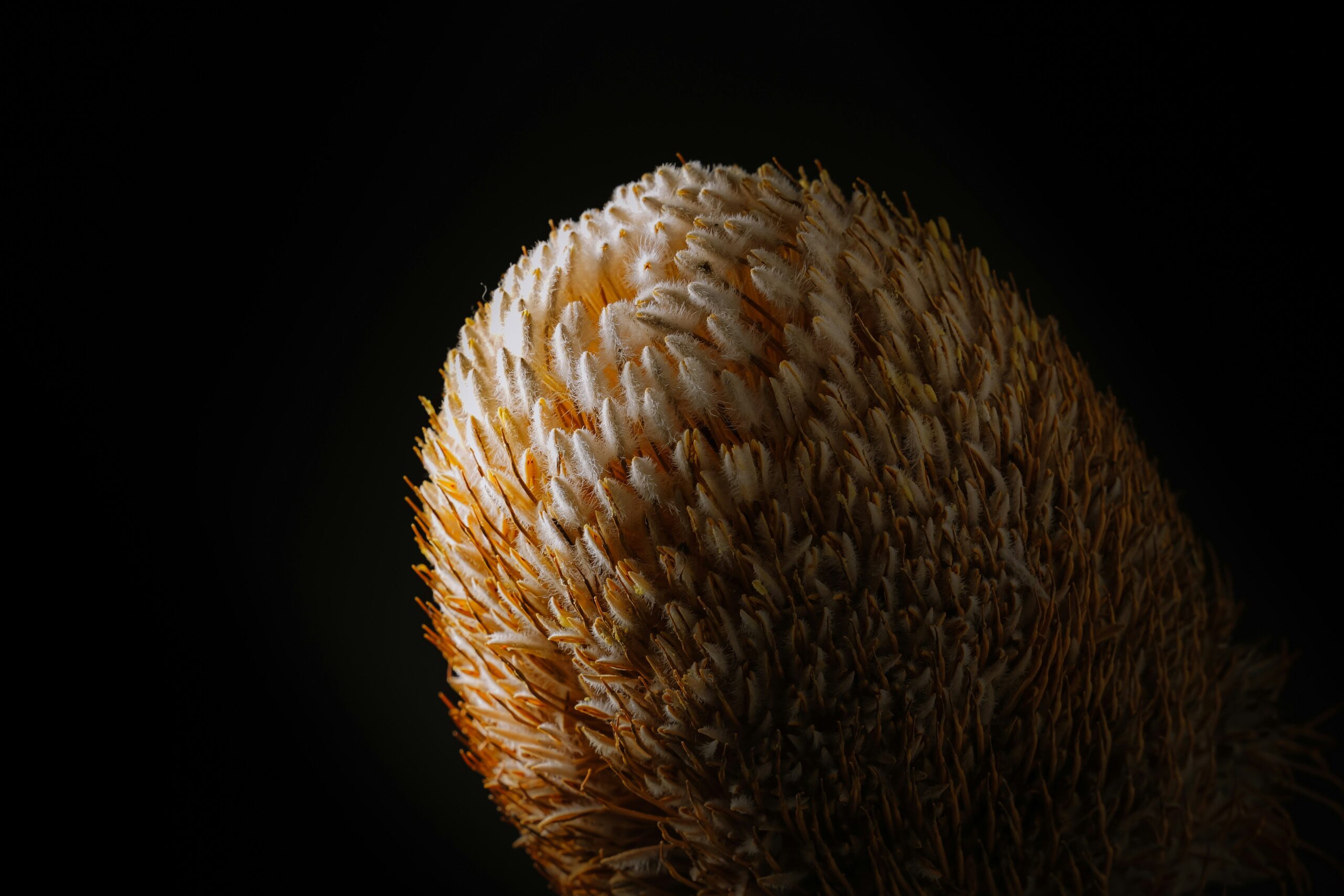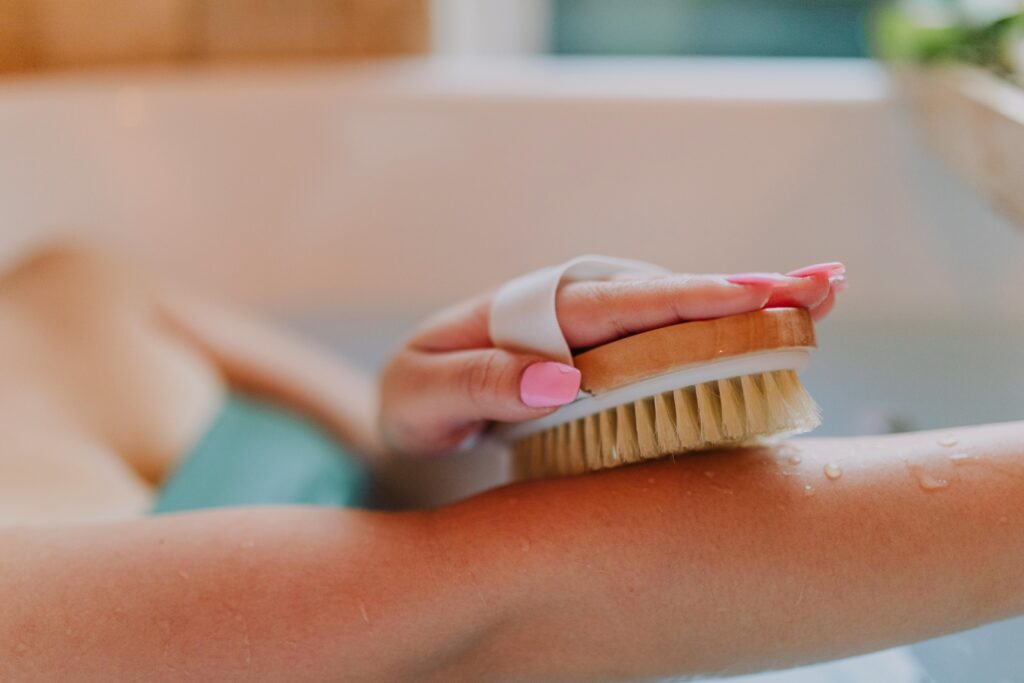“Ever had your furry friend yelp or squirm when you tried brushing their belly or underarms? You’re not alone.”
Pets, no matter how fluffy and adorable, can be as sensitive as toddlers when it comes to grooming. Brushing sensitive areas isn’t just about hygiene—it’s an art form that requires patience, the right tools, and finesse. If you’ve ever felt like a pet stylist on the verge of failure because your dog freaked out over grooming time, this guide is for you.
Today, we’ll dive deep into bristle brushes specifically designed for tackling those tricky zones where pets feel most vulnerable. By the end of this post, you’ll learn:
- Why certain areas are so sensitive (and what science says about it).
- A step-by-step method to make brushing stress-free.
- Tips to pick the perfect bristle brush for sensitive skin.
- Real-life examples of happy pets thanks to proper grooming.
Jump to What You Need:
- Why Are These Areas So Sensitive?
- The Stress-Free Brushing Routine
- Top Tips & Best Tools
- Success Stories: Paws & Awws Edition
- FAQs About Sensitive Area Grooming
Key Takeaways
- Understanding why sensitive areas require special care helps build trust between you and your pet.
- The right bristle brush minimizes discomfort during grooming sessions.
- Proper technique is 80% mindset, 15% tool choice, and 5% actual brushing!
Why Are Certain Areas So Sensitive? Because Science Says So!
Let’s get nerdy for a second. Pets have highly concentrated nerve endings in places like their bellies, ears, paws, and groin. This makes sense evolutionarily—they’re protecting vital organs and zones prone to injury. But guess what? It also means these spots are SUPER ticklish and uncomfortable if mishandled.
I once made the rookie mistake of using a stiff-bristled brush on my cat’s tummy thinking, “How bad could it be?” Oh, buddy. He gave me such a look—like I had betrayed him forever. Lesson learned: Hard bristles + sensitive area = disaster.

A quick visual guide to understanding sensitive zones on pets.
The Stress-Free Brushing Routine: Spoiler Alert — Patience Wins!
Step 1: Prep Your Workspace
Create a calming environment. Dim lighting works wonders; avoid loud noises. Play some soft background music if needed—I recommend lo-fi hip-hop beats at 90 BPM. Chef’s kiss for soothing vibes.
Step 2: Get Comfortable Together
Sit cross-legged on the floor with your pet lying comfortably in front of you. Pro tip: Offer treats beforehand to set the mood. Let them sniff the brush first; familiarity breeds calmness.
Step 3: Begin Slowly
Start by brushing less sensitive areas (like the back) before moving toward trickier zones. This preps both of you mentally. Keep strokes short and gentle, especially around sensitive spots.
Optimist You: “Follow these tips!”
Grumpy You: “Ugh, fine—but only if coffee’s involved.”
Tips & Best Practices for Choosing the Perfect Bristle Brush
Here’s the golden rule: Not all brushes are created equal. Below are three types of bristle brushes and their uses:
- Soft Natural Bristles: Ideal for thin-coated animals or areas like the belly.
- Synthetic Soft-Tip Bristles: Balanced durability and gentleness for medium-haired breeds.
- Dual-Sided Brushes: One side soft, one firmer—perfect for transitioning from non-sensitive to sensitive areas.
TERRIBLE TIP ALERT: Never use human hairbrushes on pets. Yes, they might seem similar, but trust me, this leads straight to chaos town.

Paws & Awws: Success Stories That Will Melt Your Heart
Meet Bella, a terrier mix who used to HATE grooming time until her owner switched to a dual-sided bristle brush. Now? She rolls over willingly every night for her belly rub AND brush session. #Winning
| Pet Name | Problem Area | Tool Used | Outcome |
|---|---|---|---|
| Bella | Belly | Dual-Sided Bristle Brush | Happily rolls over for grooming! |
Sounds like your laptop fan during a 4K render—whirrrr…oh wait, that’s Bella purring loudly now.
FAQs About Brushing for Sensitive Areas
Q: How often should I brush sensitive areas?
A: Once a day is ideal, but listen to your pet’s cues. Overdoing it may lead to irritation.
Q: Can I use water while brushing sensitive zones?
A: Absolutely! A damp brush can reduce static and friction. Just ensure the water is lukewarm.
Conclusion
Grooming sensitive areas doesn’t need to feel like wrestling an octopus anymore. With the right bristle brush, gentle technique, and loads of patience, even the squirmiest pets can become grooming champions. Remember, your bond grows stronger with each positive experience.
Like a Tamagotchi, your pet grooming routine needs daily care. Stick with it, and soon enough, you’ll have a cooperative furball who loves their spa days!


